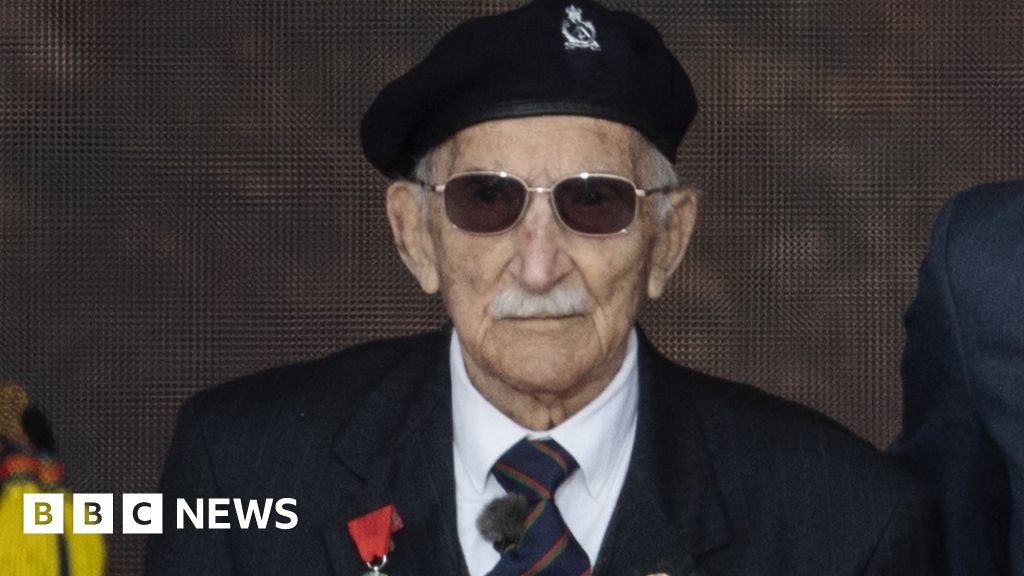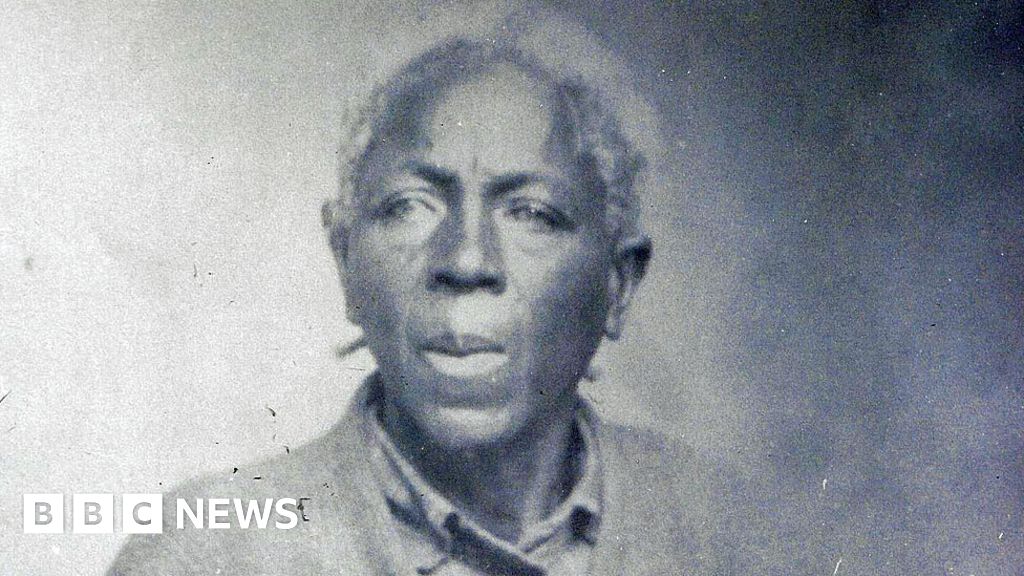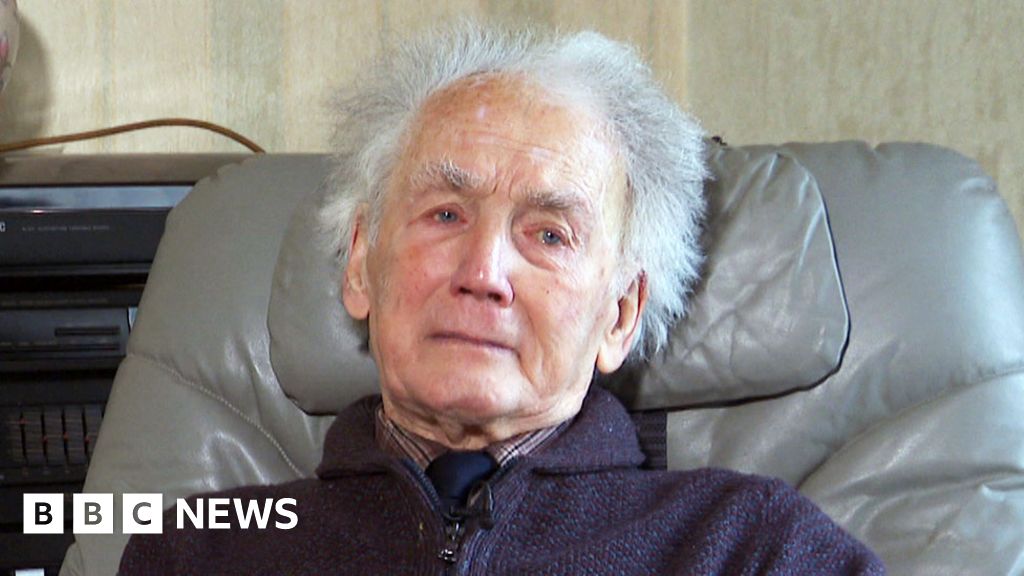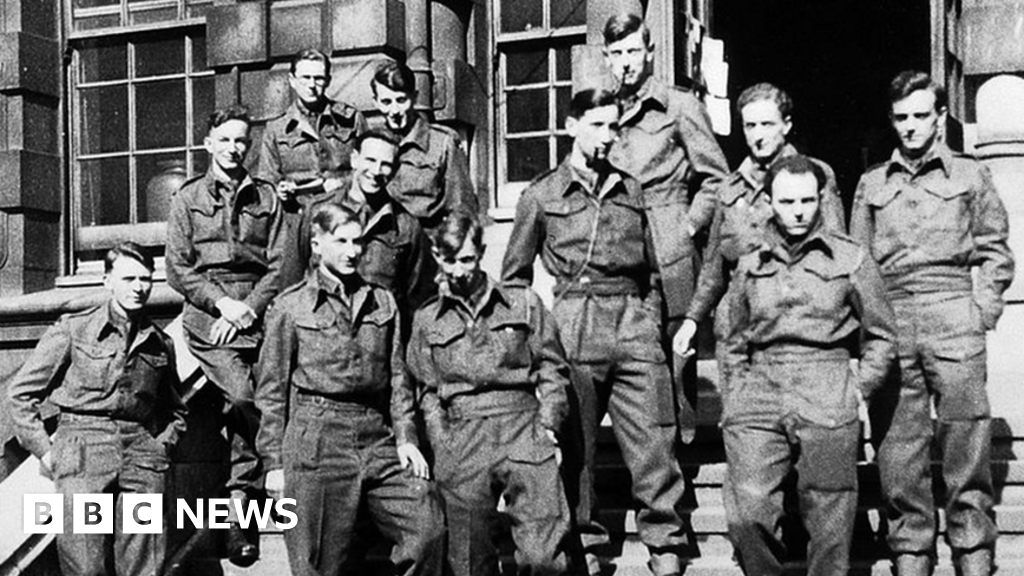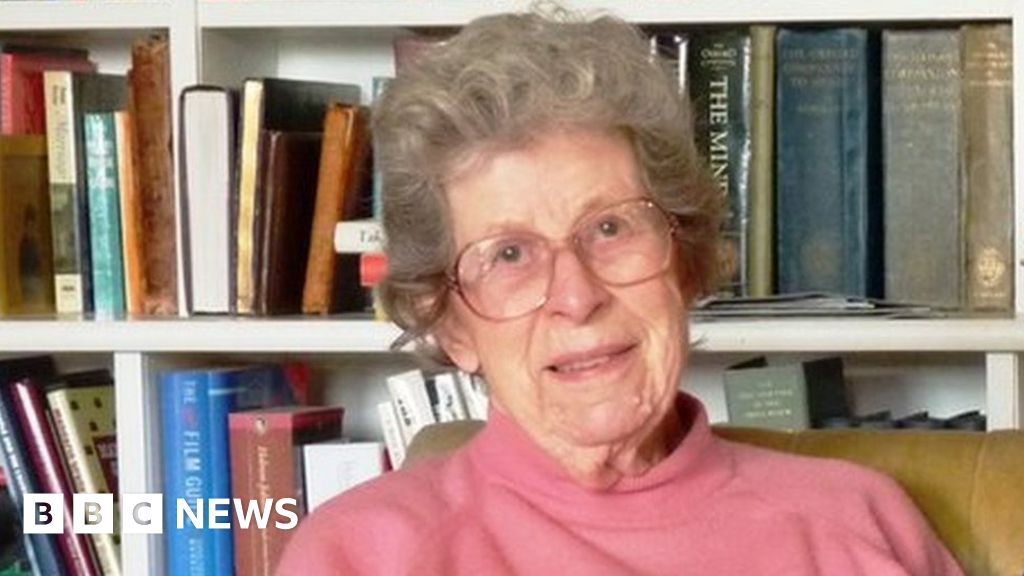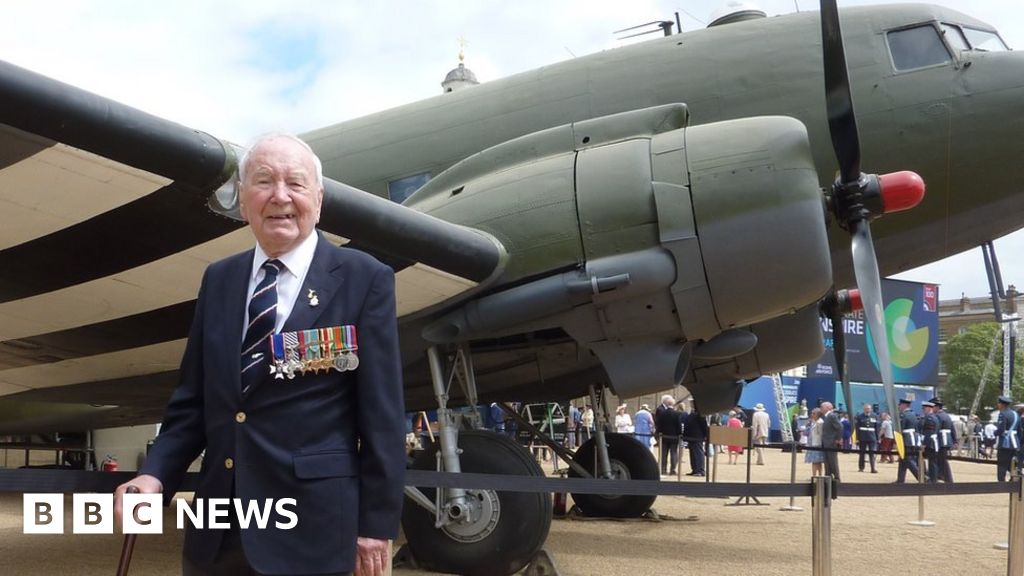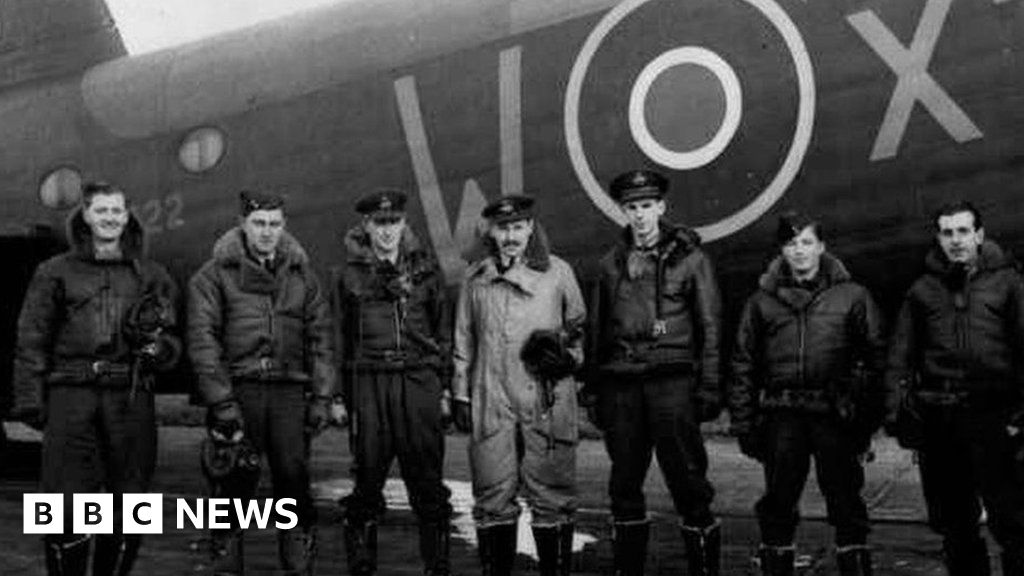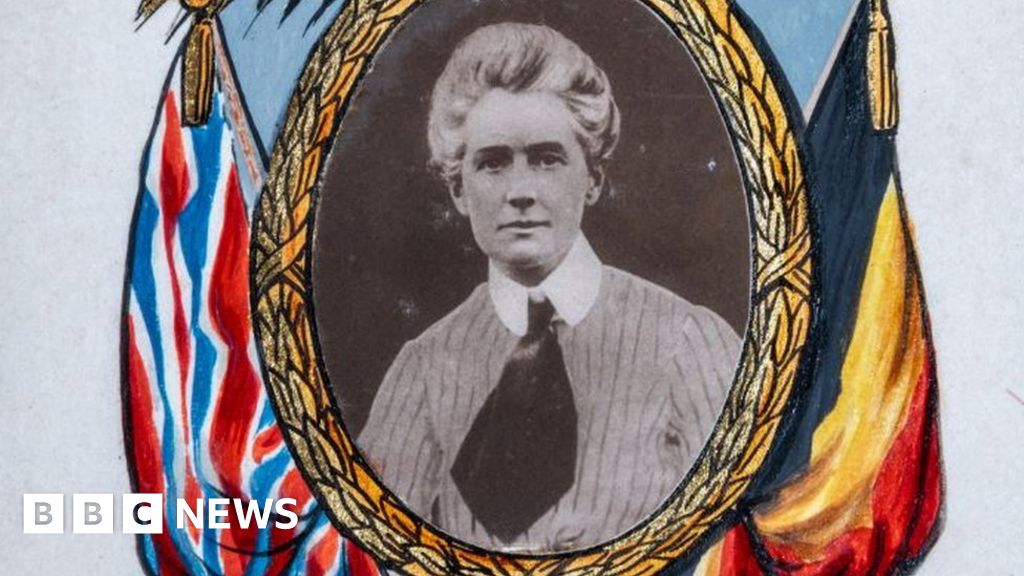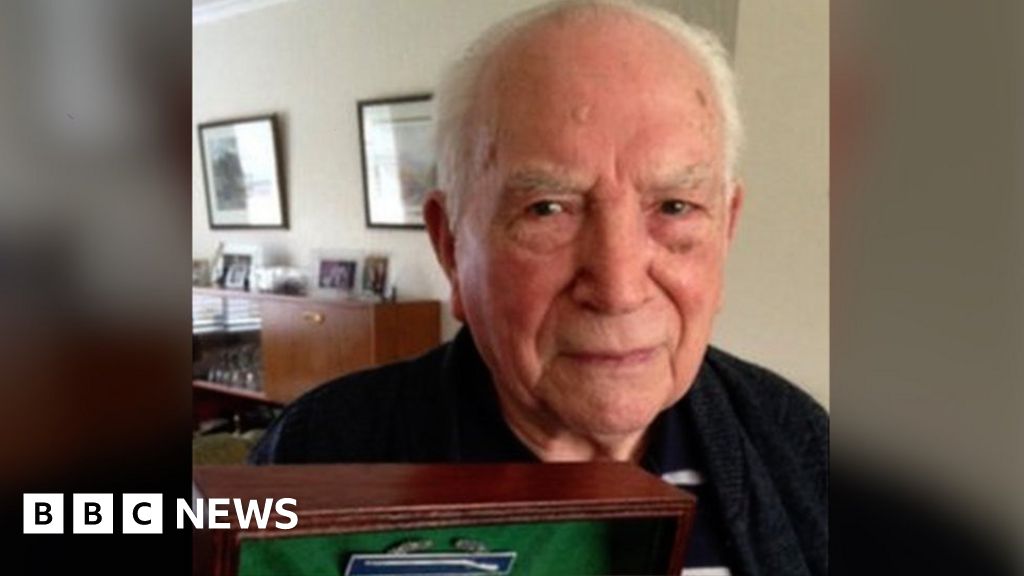Alicecow
Megastar
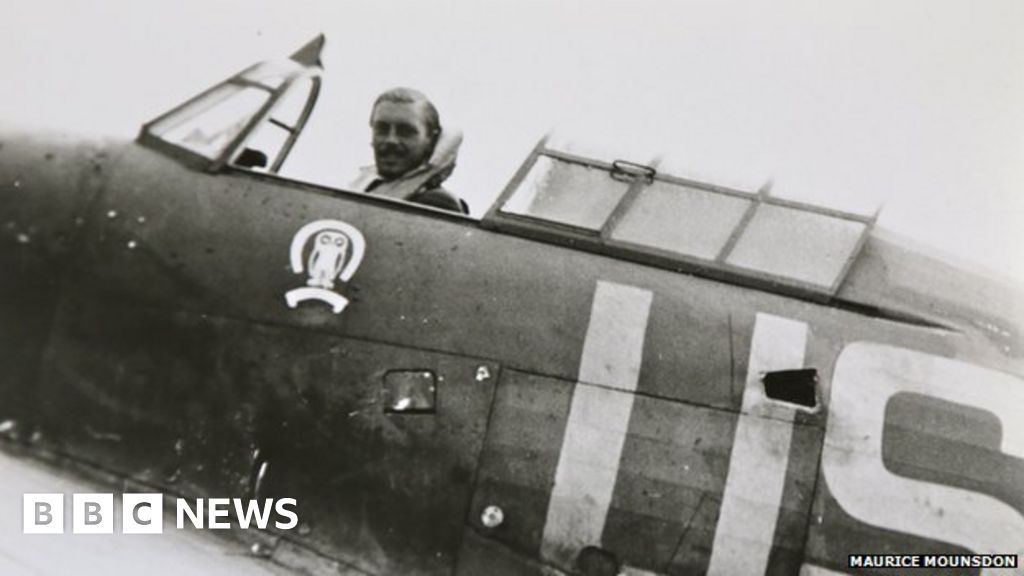
Battle of Britain pilot Maurice Mounsdon dies aged 101
Maurice Mounsdon was one of the last surviving members of "The Few", who fought the Nazis in WW2.
One of the last surviving pilots who fought in the Battle of Britain during World War Two has died aged 101.
Flight Lieutenant Maurice Mounsdon was one of only four remaining members of The Few - a group of 3,000 airmen who defended the skies above southern England from the Nazis in 1940.
The head of the RAF, Air Chief Marshal Mike Wigston, said Mr Mounsdon's bravery should never be forgotten.
The Battle of Britain led to the deaths of 544 RAF pilots and aircrew.
Their bravery and sacrifice in withstanding the greater numbers of German pilots of the Luftwaffe and a possible invasion was recognised by then Prime Minister Winston Churchill.
"Never in the field of human conflict was so much owed by so many to so few," he told MPs.
Churchill's "Few", as RAF crew, who included Polish, Canadian and New Zealand pilots among others, became known, have been celebrated ever since.
Mr Mounsdon was described by his nephew, Adrian Mounsdon, as a "great man" who would be missed by his family, the Daily Mirror reported.
ACM Wigston said he was "deeply saddened" by Mr Mounsdon's death, saying the veteran had "fought for and won our freedom".
"His was a remarkable story, which will continue to inspire this and future generations of the Royal Air Force, his bravery and sacrifice should never be forgotten," he added.
In 2015, Mr Mounsdon told the BBC he was serving with 56 Squadron out of North Weald when he was sent out to intercept some bombers on 31 August 1940.
He managed to shoot at one of them, but then a German cannon shell hit the fuel tank of his Hawker Hurricane.
"I was on fire. There was only one thing to do and that was to get out as fast as possible," he told the BBC.
"I was badly burned, but I rolled the aircraft over and came down by parachute from 14,000ft."
He said it was the first time he had used a parachute and he was "jolly lucky".
Mr Mounsdon, who had terrible burns to his legs and hands, landed in a field in the village of High Easter, Essex, where he was found by local people.
He spent a number of years in various hospitals, where he had skin grafts.
While in hospital, he married his childhood sweetheart Mary.
The couple moved to the Spanish island Menorca in the late 1970s and lived there until she died in 1993.
For Mr Mousdon's 100th birthday in September last year the Red Arrows paid tribute to him with a flyover off the coast of Menorca.
The three surviving members of the Few are Flt Lt William Clark, 100, Wing Commander Paul Farnes, 101, and Flying Officer John Hemingway, 100.


